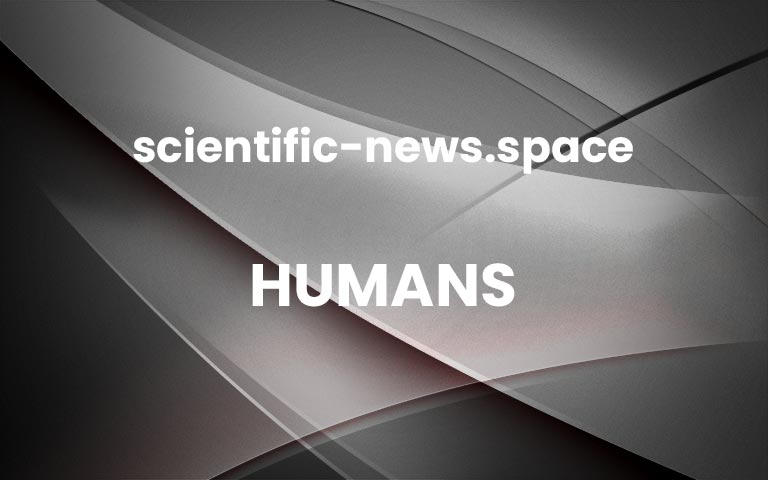From Raiders of the Lost Ark to Lara Croft: Tomb Raider, films about archaeologists have long captured the public imagination, offering thrilling quests to uncover the hidden histories of humanity’s ancient past. But how accurately do these cinematic adventures reflect the real work of scientists in the field?
Palaeoanthropologist Ella Al-Shamahi has mixed feelings about cinema’s most iconic portrayals. There are some good depictions, she says, and a fair few not-so-good.
Take Lara Croft, protagonist of the Tomb Raider series, for instance. While well intentioned, she’s in it for the shiny things more than items of scientific value, says Al-Shamahi. Archaeological sites rarely contain treasure; it’s the tiny, carefully collected details that tell the story of past lives. Modern archaeology is about analysis and context, not explosions and looting. With guns blazing and dynamite flying, Lara Croft might be entertaining, but she would destroy the very history she’s supposedly trying to uncover.
Then there’s Indiana Jones, the most iconic fictional archaeologist of all. He’s got the whip, the hat and the gun, but he’s missing the most essential tools of the trade: a trowel, some notebooks and a methodical approach. Surprisingly, argues Al Shamahi, the Nazis in the films are shown doing more textbook archaeology, carefully digging through each soil layer. Still, when it comes to the spirit of archaeology, Indy takes the prize for his curiosity, adventure and passion for the past.Advertisement
Topics: More



